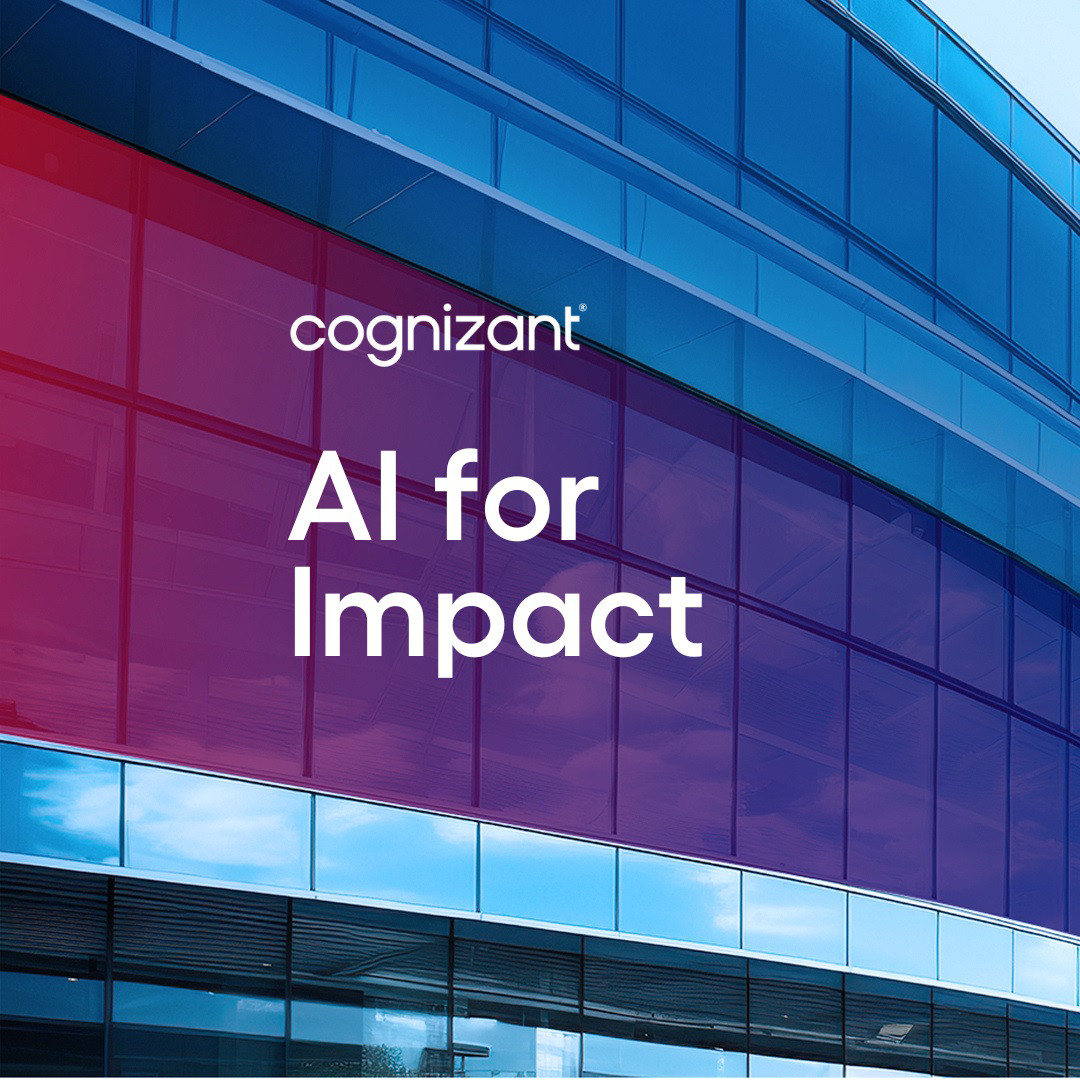Welcome to the augmentation age, where AI isn’t displacing human effort; it’s enhancing it. The implications for scientific endeavor are astounding. If human ingenuity can be guided by machines that interpret reams of research data in microseconds, how much faster will new breakthroughs happen?
No sector is keener to find out than Life Sciences. Pharma may have been traditionally late to embrace digital transformation, but it's clear now that data, analytics and collaboration platforms can pick up the pace of clinical development. If AI is added to the mix, some of the industry’s thorniest challenges might be easier to address.
The economics of making medicine have changed dramatically. Rapid advances in science and technology were raising physician and patient expectations even before COVID-19. Now everyone wants specific treatments for specific complaints, and quickly.
Pharma and Biotech executives are also under pressure to help reduce health inequities between the developed and developing world. In practical terms, that means improving access to medicines by keeping prices low. That gets harder when you consider the rise of personalized treatments like Cell Therapy, which are engineered to address the needs of smaller patient populations. The cost of delivering individualised medicine is disproportionately high, putting it out of reach for many patients and state providers.
ESG adds more complexity. Pharma firms face the same regulatory regimes around sustainability as others and will need to reduce their manufacturing and supply chain carbon footprint by roughly 90% over the coming decade.
Traditional R&D approaches and timelines are no longer acceptable. A disruptor is needed to significantly reduce time to market, find new efficiencies, address ever more discreet patient needs, and still make affordable access a reality.
Welcoming disruption
AI’s promise for clinical development lies in applying machine learning to huge data sets, enabling faster discovery of new molecules and then delivering new products.
Today’s generative AI tools can help bring promising therapies to the surface by cross-referencing scientific literature against other sources, including public databases, clinical trial information, conference abstracts, and unpublished data.
These capabilities — augmenting and focusing the work of R&D leaders — are already speeding the identification of new candidate medicines. A process which once took years may now be achievable in months as productivity is improved across the clinical development value chain.
As one speaker at the recent FT Global Pharma and Biotech Summit in London put it, “AI accelerates tasks where human speed was a limiting factor. It’s enabling us to discuss and route more innovative candidates through the funnel, leading to faster, cheaper, and better results.”
Pharma's commercial side also stands to benefit. In a recent interview with Biopharma Dive, Cognizant’s Global Head of Commercial Innovation Life Sciences and Digital Health, Vyom Bhuta, said AI’s rise means pharmaceutical companies should ‘start to think of time as a product.’
“Use cases that save time and resources are easier to quantify and make a clearer business case, laying the foundation for broader transformation and scale.”
In practice this can mean faster development of launch campaigns that are localized for different markets. Generative AI tools can provide the guidance for imagery and messages that are multinational by design and structured for cultural relevance and easy translation.
AI can also play the role of co-pilot in call centre conversations, equipping agents with real-time input as they field in-bound queries that have been prompted by outbound marketing campaigns.
Having AI audit promotional materials to ensure regulatory compliance can also speed time to market, reducing the deadline constraints and resources that regulatory oversight typically require when a launch is in development.
Case study: using AI-driven platforms to improve patient engagement
When one global pharma company embarked on a 12-month project to accelerate clinical development, it identified patient services as an area of focus.
The division’s legacy system provided only some of the capabilities patient support services would need to engage patients more effectively. As it was approaching the end of its life cycle, the company decided to replace it and selected Salesforce Health Cloud as the best candidate.
Cloud solutions using AI and analytics are now being used to lower clinical development costs and create new efficiencies. They can create, scale, and track therapy-specific support programs and give clinical trial participants a curated experience including personalised dashboards. By integrating data silos across R&D, manufacturing, and supply chain, it can help researchers surface insights that lead to discovery of new therapies.
Working in partnership with Salesforce, the company implemented of a healthcare cloud solution for its LATAM and Canada division. Results have been impressive. The new solution is credited with reducing patient enrollment time by more than 20%, speeding up development of new care plan templates by a factor of three, and expanding territorial reach for the programme by 10%.
Disruption to acceleration
As life sciences embraces AI across the value chain, it may become easier for firms to reshape business models, streamline manufacturing, and enhance everything from marketing outcomes to clinical trial management. It enables R&D leaders to see what might not have been seen in the past, unlocking transversal opportunities beyond functional silos.
The extent of its impact will be determined by its relationship to the people using it. AI may come to be seen as a virtual colleague, providing data-backed support and advice to make human action more effective. But the relationship will have to be two-way. There are still big questions around AI ethics, policy, data management, and the skill sets needed to use AI effectively. Only people can provide those answers.















